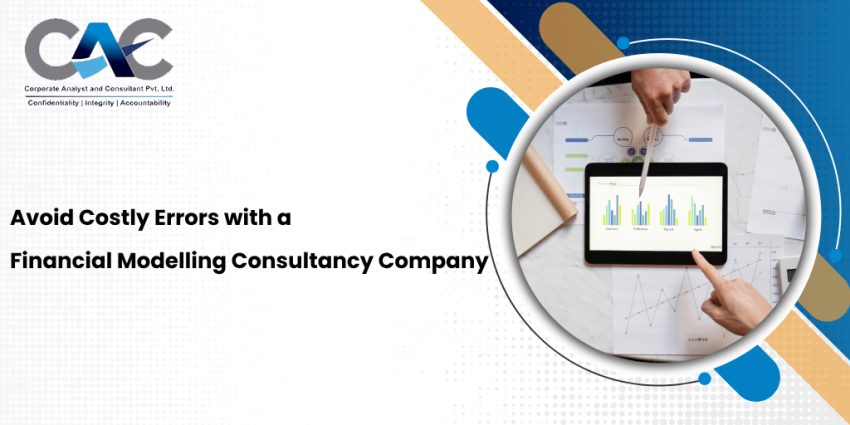CAC specializes in delivering professional financial modelling consultancy services tailored to diverse business needs. Financial modelling has become one of the essential tools to businesses, investors and decision-makers because it gives them transparency, facilitates strategic planning, assists in raising funds and to analyse growth prospects. A well-crafted model serves as a road map for future growth and financial stability. Nevertheless, any small errors in financial modelling may lead to biased conclusions and bad decisions and considerable losses in finance. The reliability of results can be compromised by the mistake of assumptions, structure or execution. To make sure that models are used to their benefit, it is crucial that the pitfalls should be avoided, and best practices should be embraced and made to be accurate, clear, and reliable to achieve long-term business success.
Why Should Businesses Hire Financial Consultancy Company?
Overly Complex Models
Probably one of the most common errors in financial modelling is to reconsider the model as being overly complicated with excessive numbers of variables, spreadsheets, or inter-relations. Although the idea is to get as many details as possible, this technique complicates the model to interpret, maintain, and update. The outputs can be difficult to interpret to decision-makers, and this limits the overall usefulness of the model. The financial model needs to be clear, succinct, and focused on the main factors that influence the company. Keep things simple by removing redundant information that is of no benefit. An organized simple to follow model does not just increase accuracy, it also increases transparency and usability among the stakeholders.
Inconsistent or Incorrect Assumptions
The other significant trap in financial modelling is use of impractical or conflicting assumptions. E.g., when the internal forecasts are based on over-optimistic revenue growth, failure to account market fluctuations, or miscalculation of costs, the generated misleading outputs will skew the financial image of the business. These mistakes tend to cause ineffective strategy and ill-found investor trust. To prevent it, the base assumptions should be made based on the correct historical data, industry standards, and the forecasts conducted with the help of reliable research. Recording assumptions facilitates transparency, thus they are more likely to be reviewed, questioned or modified by others. The model, based on realistic data, is more reliable and is a credible instrument in decision-making.
Poor Structuring and Formatting
A poorly organized or prepared financial model may be just as detrimental as one containing computation mistakes. The model becomes confusing and time-consuming to comprehend when not well labelled, having no headings, or not sequentially arranged, particularly when presented to others. Mistakes tend to be less noticeable when formatting is random. Take on a consistent format and exercise discipline in formatting to prevent this. Sort the results in a legible format and divide the relevant information into logical sections. The neatly designed model is easier to understand, review and believe in because it is well organized.
Hardcoding Values in Formulas
Hardcoding variables directly into formulae is one of the gravest mistakes of financial modelling. The model is also less flexible, and updates and audits are almost impossible when numbers are embedded in formulas as opposed to being obtained in input fields. This often causes failures to notice errors in case of changed presumptions. To make sure that the model will adjust automatically when inputs are changed it is a good habit to connect formulas to input cells so that they can be dynamic. This reduces the time that is spent in saving time, as well as enhancing accuracy and reducing chances of misunderstanding. Finally, reference-based architecture is flexible and enhances reliability and trust among the stakeholders and the users.
Also Read: The Strategic Role Of Financial Modelling Consultants In India
















